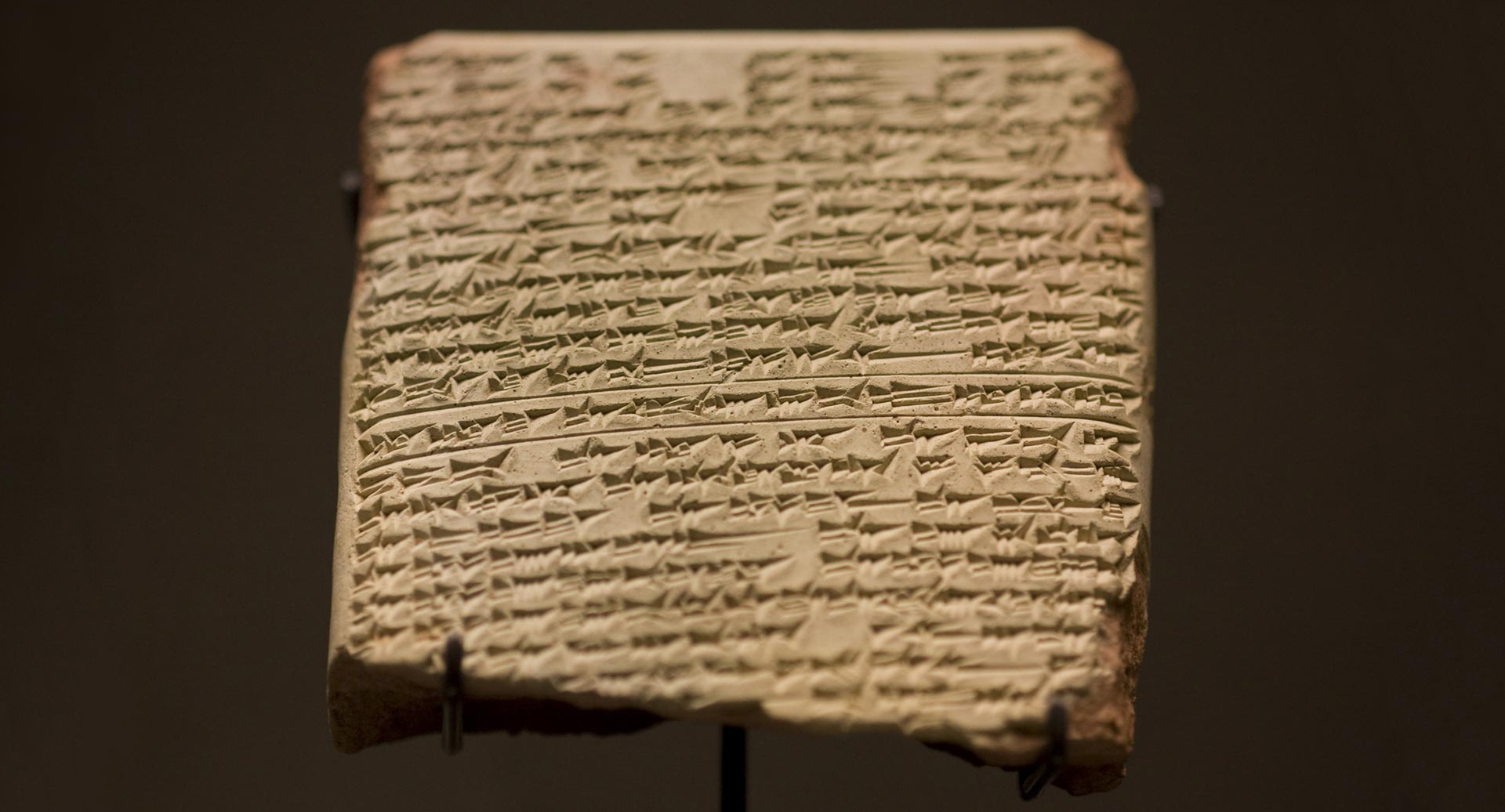Handwriting has been a powerful form of knowledge retention for more than five thousand years. It provides an efficient means to record information and connect us to the past and the future. Being a skill we learn at a young age and one that’s deeply unique to each author, it comes as no surprise that the study of a person’s handwriting followed. Handwriting analysis dates to the mid-19th century with mention as early as the 15th century. This early analysis, called graphology, is now considered a pseudoscience that prioritized identifying personality traits from a writer’s style and execution.
Because of the unending variation, handwriting recognition challenges humans and machines alike. Let’s look at handwriting features that can be used to identify the writer. These same characteristics are at the heart of the challenges found with handwriting recognition and cognitive capture.

честные казино с быстрыми выплатами
бездепозитные бонусы казино
играть в лучшем казино на деньги
база казино с бездепозитным бонусом
онлайн казино России
casino oyunu
Cuneiform writing on clay tablets is an example of the oldest known writing. Being on clay, many samples survive today. Examples of receipts, prayers, and even complaints to businesses are part of museum collections.



